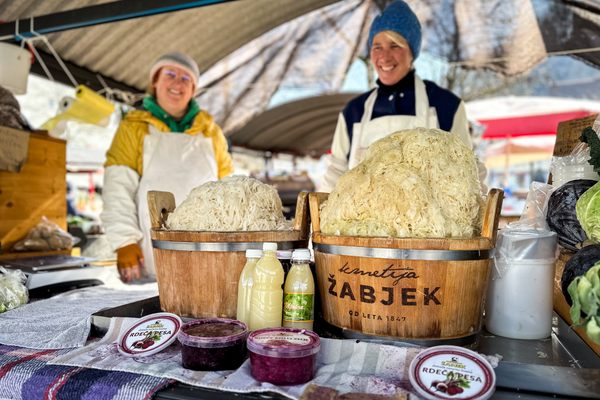Scientists Have a New Tool for Improving Food Security in West Africa
The white Guinea yam’s genome could help researchers make a staple crop hardier.

One of the most important crops in West Africa, the white Guinea yam, also happens to be rather challenging to cultivate. Despite that, 63 million tons of yams were produced worldwide in 2013, mostly in Africa. Scientists are turning their attention to the crop, hoping to improve the tuber and make it a more reliable food source in a changing world. Now they have a new tool at their disposal—the yam’s genome.
Yams grown in Africa are nothing like the orange, sometimes mislabeled, sweet potatoes that grace American Thanksgiving tables. They are starchier and much larger—Guinea yams can grow to nearly five feet long. They are also much more difficult to grow. The white Guinea yam’s climbing vines not only require tall supporting stakes, but are also vulnerable to pests and disease (which can claim 90 percent of a crop). New plants aren’t grown from seed, but rather from small “seed yams.” And male and female flowers grow on separate plants, a trait called dioecy that Guinea yams share with just five percent of flowering plants, including asparagus.
The international team of scientists behind sequencing hopes that researchers will be able to use the tuber’s genetic code to unlock some mysteries, such as how the plant resists disease, or becomes one sex or the other. The result could be a hardier staple crop and increased food security for millions. Not bad for a file that takes up less than a gigabyte of hard drive space.
Gastro Obscura covers the world’s most wondrous food and drink.
Sign up for our regular newsletter.

































Follow us on Twitter to get the latest on the world's hidden wonders.
Like us on Facebook to get the latest on the world's hidden wonders.
Follow us on Twitter Like us on Facebook